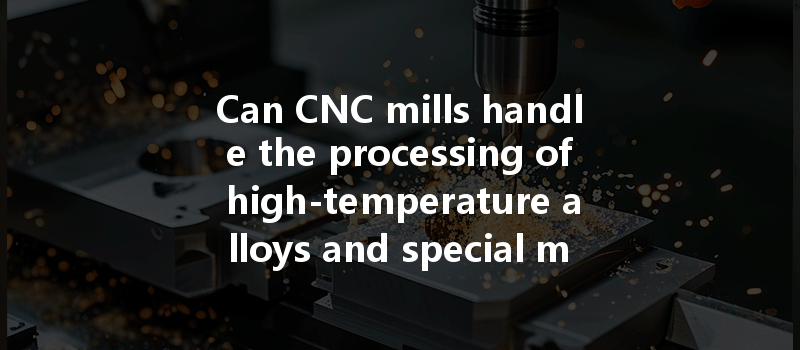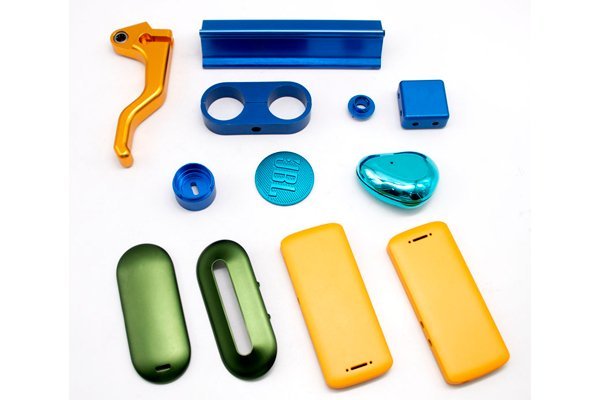Did you know that the aerospace and defense industries, among others, rely heavily on high-temperature alloys for their applications? These materials, often composed of nickel, cobalt, or titanium, can withstand extreme conditions—such as intense heat and corrosion—that are common in environments like jet engines and gas turbines. However, these tough materials also present unique challenges when it comes to manufacturing. A staggering 70% of engineers express difficulty in machining these high-performance alloys. This leaves many to wonder: Can CNC mills handle the processing of high-temperature alloys and special materials effectively and efficiently?
In this comprehensive blog, we will delve deep into CNC machining, exploring its capabilities with high-temperature alloys and special materials. We will discuss the challenges involved, techniques for success, and the importance of selecting the right tools and strategies for these demanding materials.
Chapter 1: Understanding High-Temperature Alloys and Special Materials
What Are High-Temperature Alloys?
High-temperature alloys are engineered to perform under extreme thermal conditions. Common examples include:
Properties of High-Temperature Alloys
These alloys exhibit unique properties that differentiate them from standard metals, including:
Chapter 2: The Challenges of Machining High-Temperature Alloys
Machining high-temperature alloys is no walk in the park. The properties that make these materials so valuable also introduce numerous challenges, such as:
High Tool Wear
The hardness of these alloys can lead to rapid tool degradation. Tools can succumb to wear mechanisms like:
Cutting Forces and Power Requirements
The machining of high-temperature alloys often requires greater cutting forces, resulting in higher power consumption. This translates to a need for:
Workpiece Distortion
Due to the thermal properties of these alloys, machining can induce residual stresses leading to warping or distortion, particularly in thin-walled components.
Chapter 3: Techniques for Successful Machining
Despite these challenges, CNC machining can effectively process high-temperature alloys with the right approaches. Here are key techniques to keep in mind:

Choosing the appropriate tool material is critical. Options include:
To maximize efficiency and minimize tool wear, machining parameters should be optimized:
Effective cooling can mitigate thermal issues and extend tool life through methods like:
Utilizing advanced CNC strategies can significantly enhance the quality of machining:
Chapter 4: Ensuring Quality Control
Quality assurance becomes increasingly essential when working with high-temperature alloys, requiring:
Chapter 5: Case Studies
Case Study 1: Aerospace Component Machining
A major aerospace manufacturer adopted a combination of ceramic inserts and advanced cooling techniques to cut Inconel 718—a challenging nickel alloy. By optimizing cutting speeds and adapting their tool paths, they increased productivity by 30% and significantly improved tool life.
Case Study 2: Medical Device Production
A company producing medical implants faced challenges with titanium machining. With a focus on tool selection and high feed rates, they managed to produce complex geometries while ensuring tight tolerances, leading to a successful product launch.
In conclusion, CNC mills can indeed handle the processing of high-temperature alloys and special materials efficiently and effectively, but success lies in understanding the unique challenges posed by these materials. By carefully selecting appropriate tool materials, optimizing cutting parameters, and employing effective quality control measures, manufacturers can achieve exceptional results.
As the demand for high-performance parts continues to grow across industries, mastering the intricacies of machining high-temperature alloys cannot be overstated. Engaging with these advanced techniques provides businesses with a competitive edge in the marketplace and enables the production of innovative components that push the boundaries of what is possible.
We hope that this blog has provided valuable insights and practical solutions that deserve your consideration as you refine your CNC machining strategies. Understanding and embracing the challenges of high-temperature alloys is not just a technical necessity; it ultimately contributes to innovation and excellence in manufacturing.






